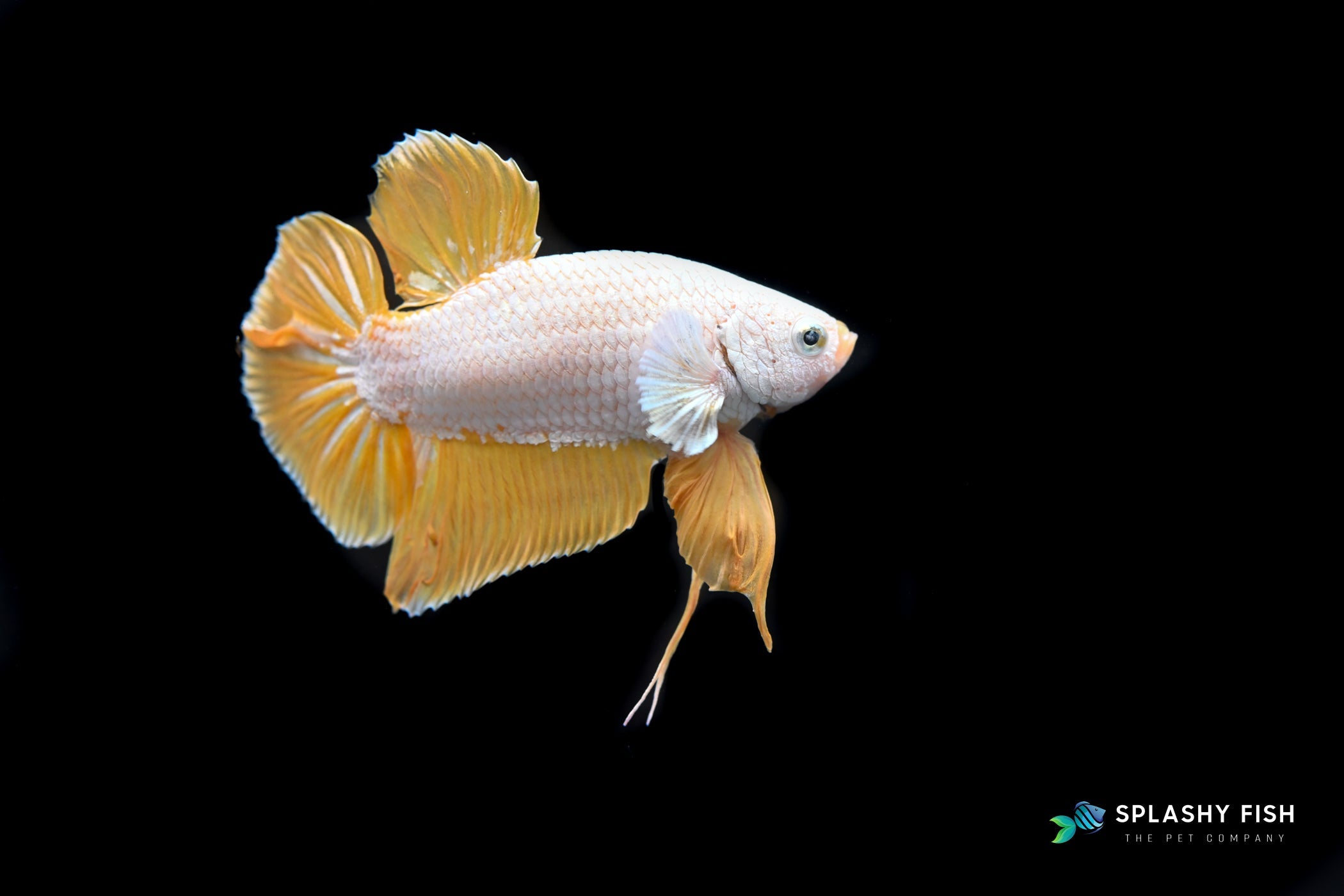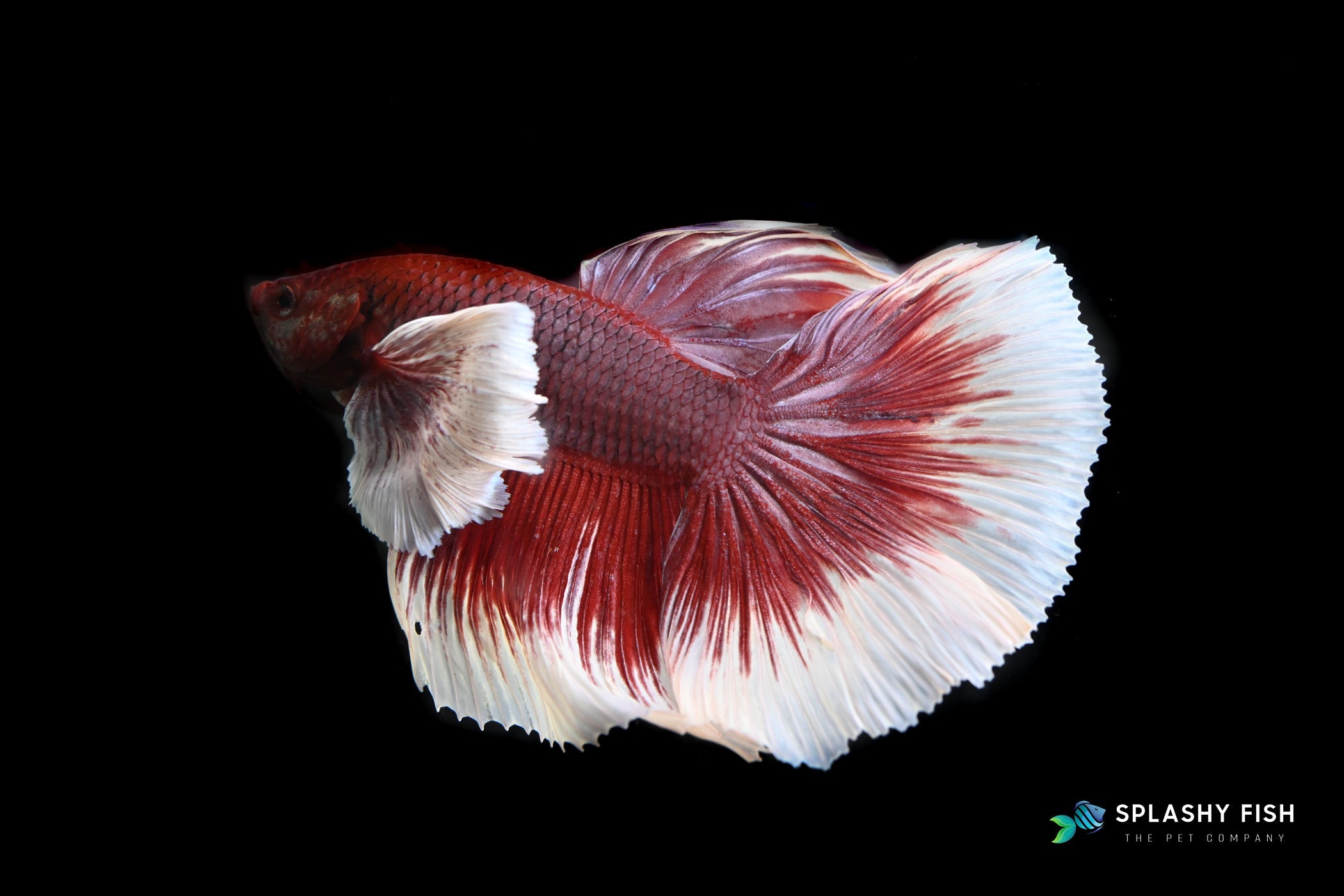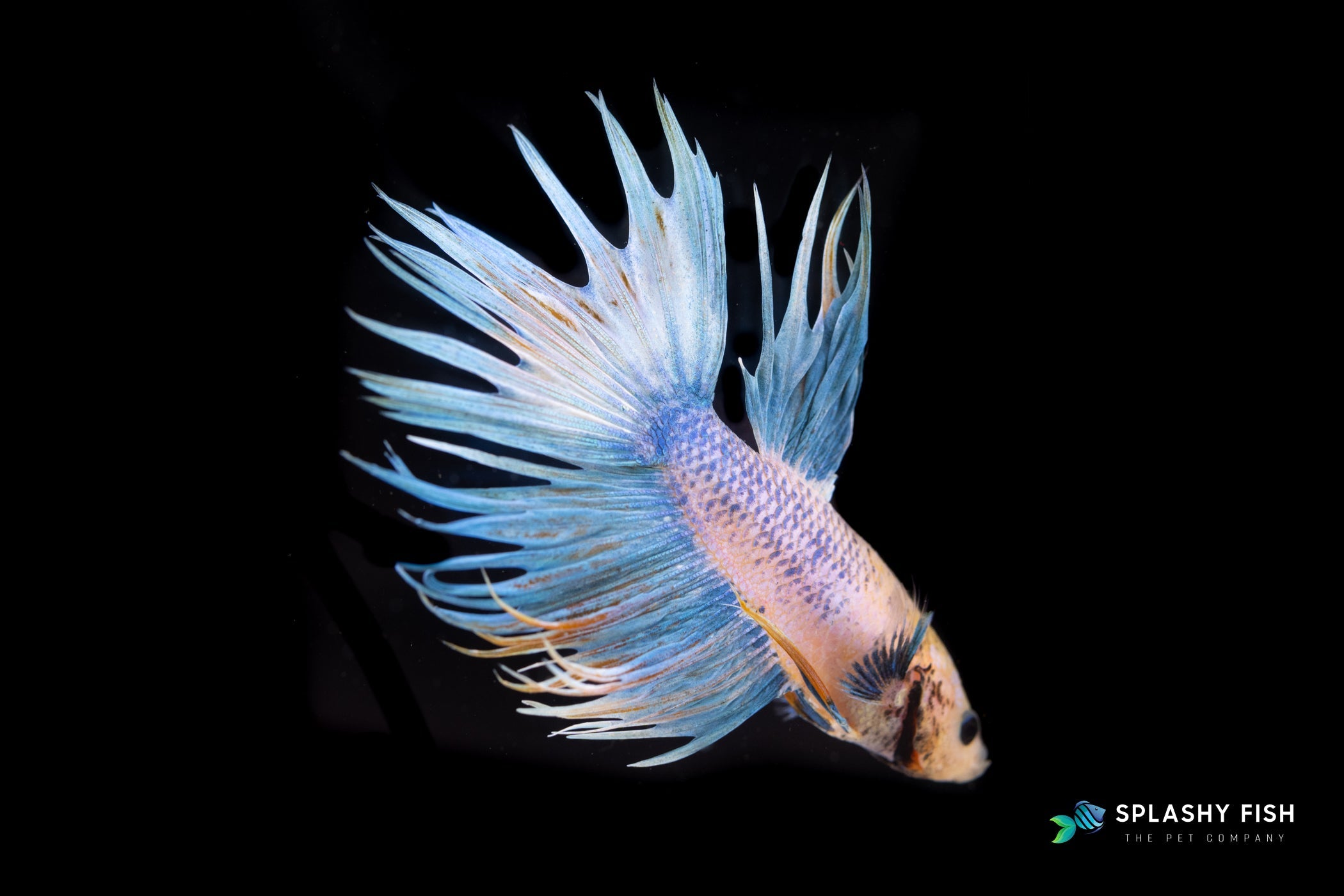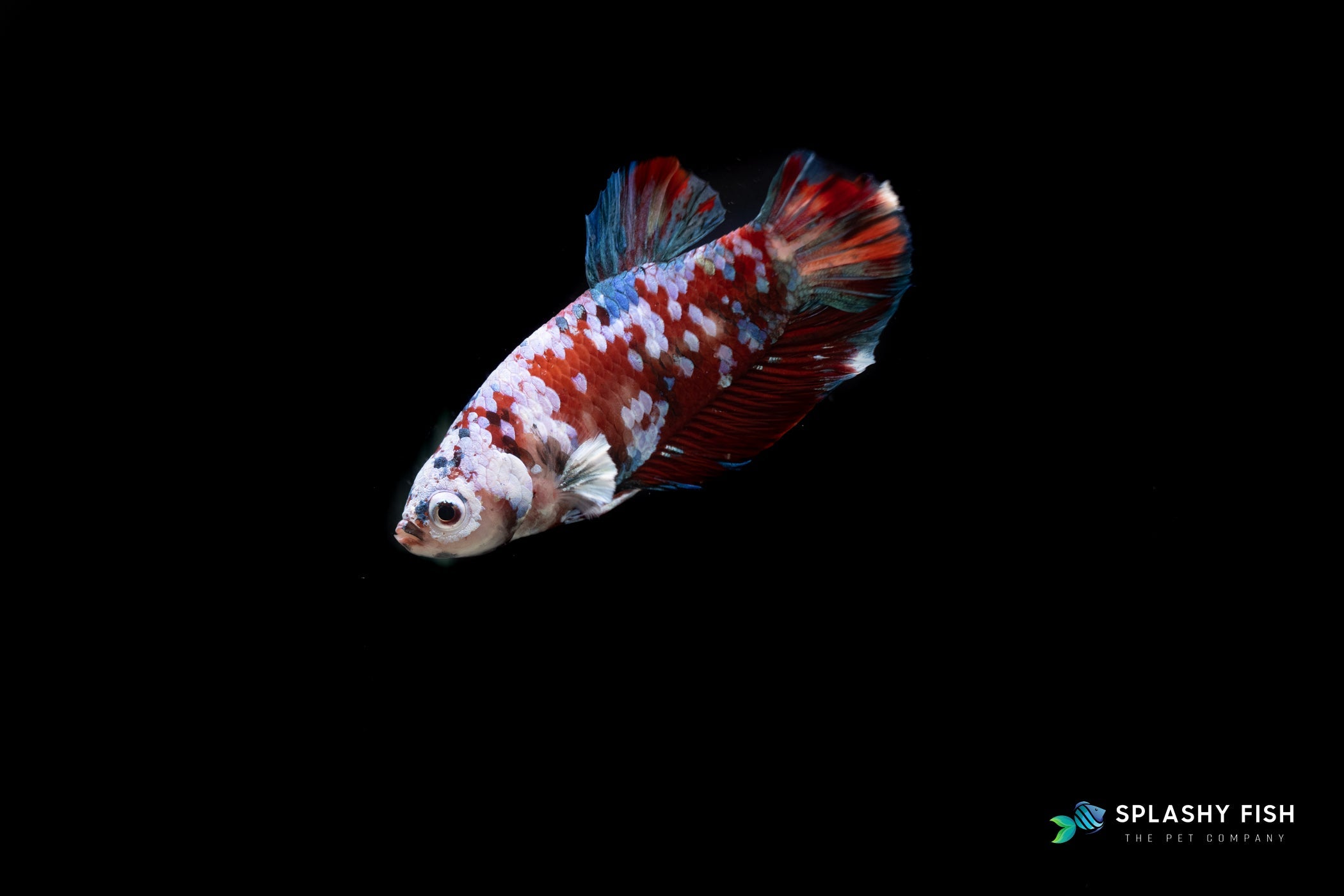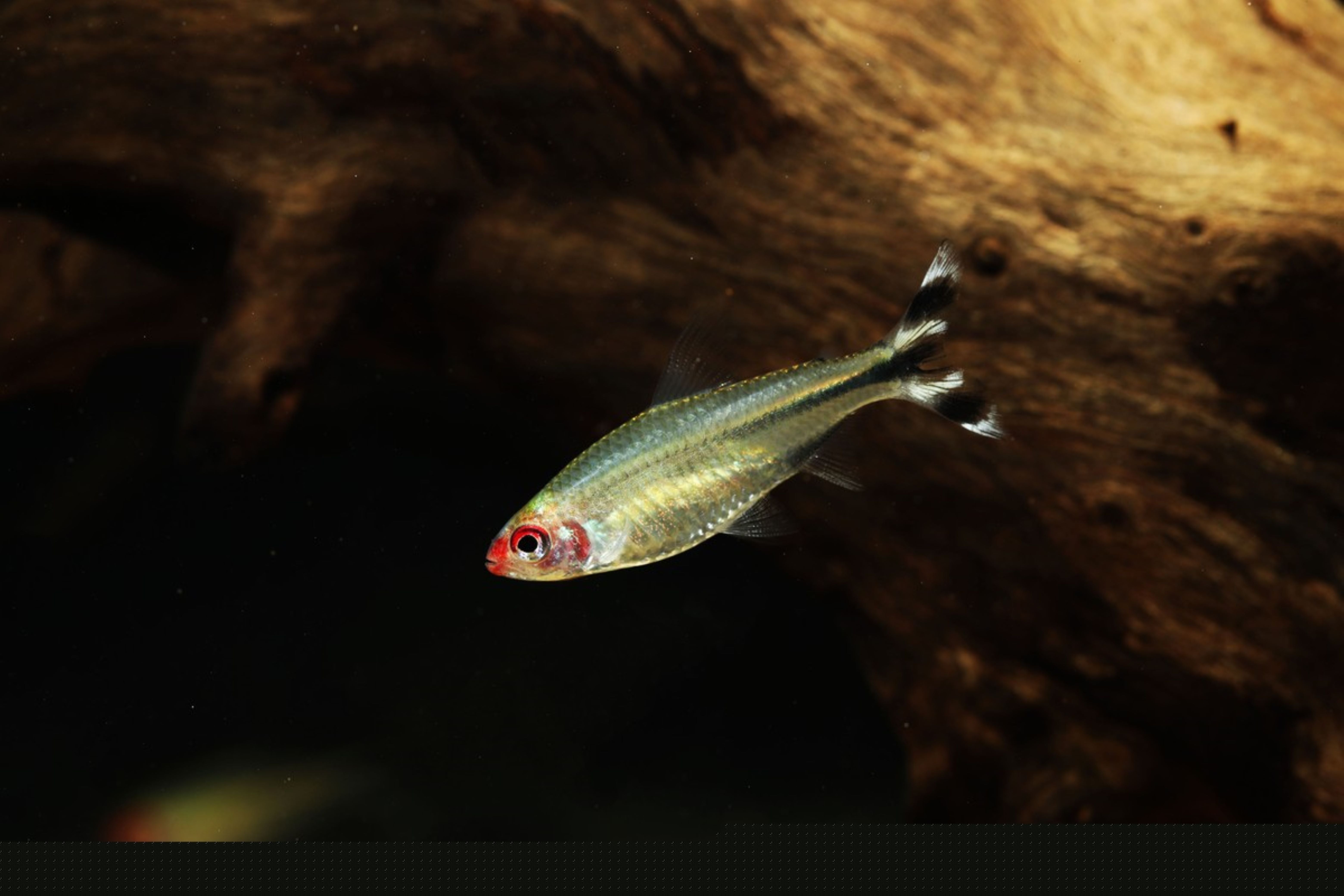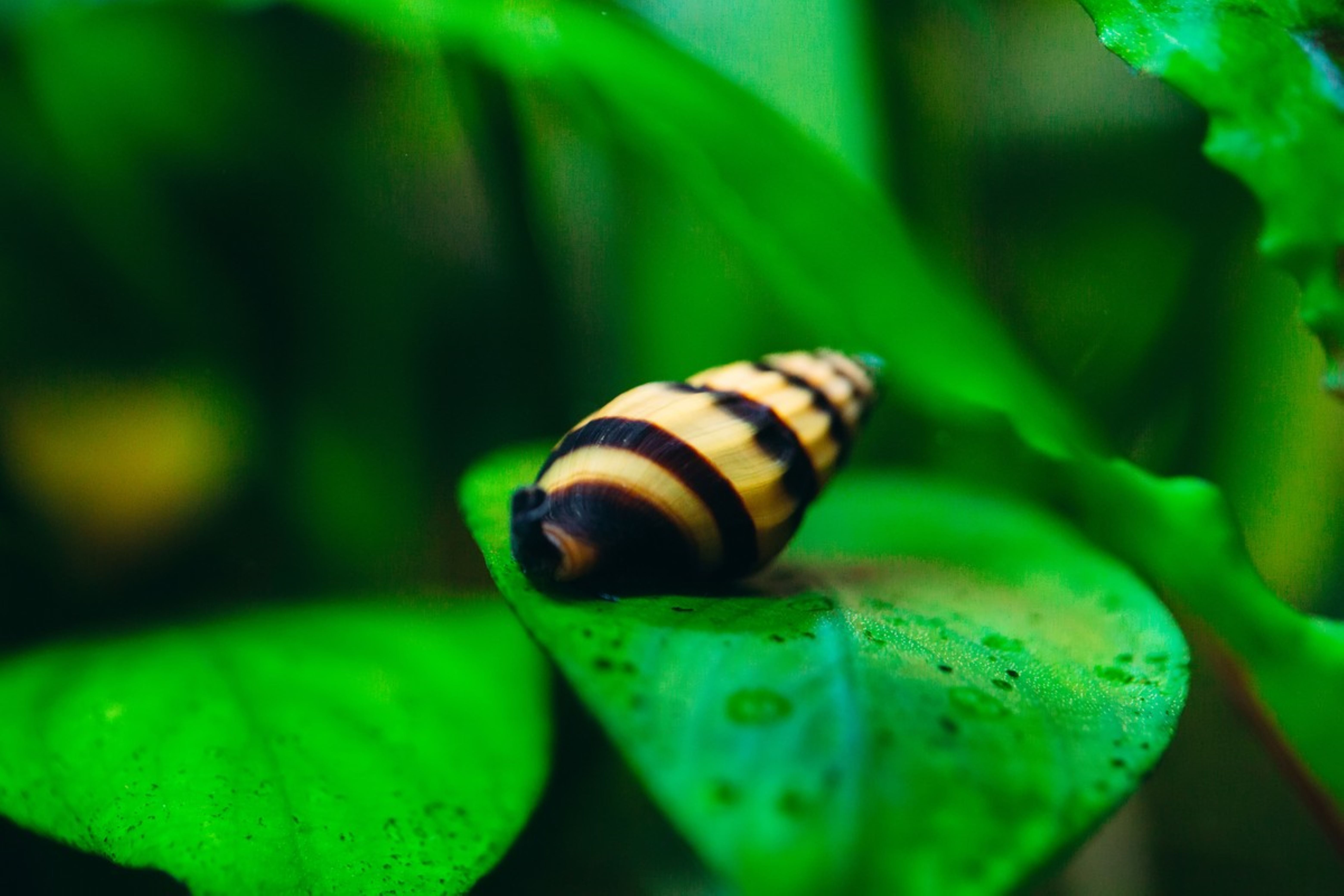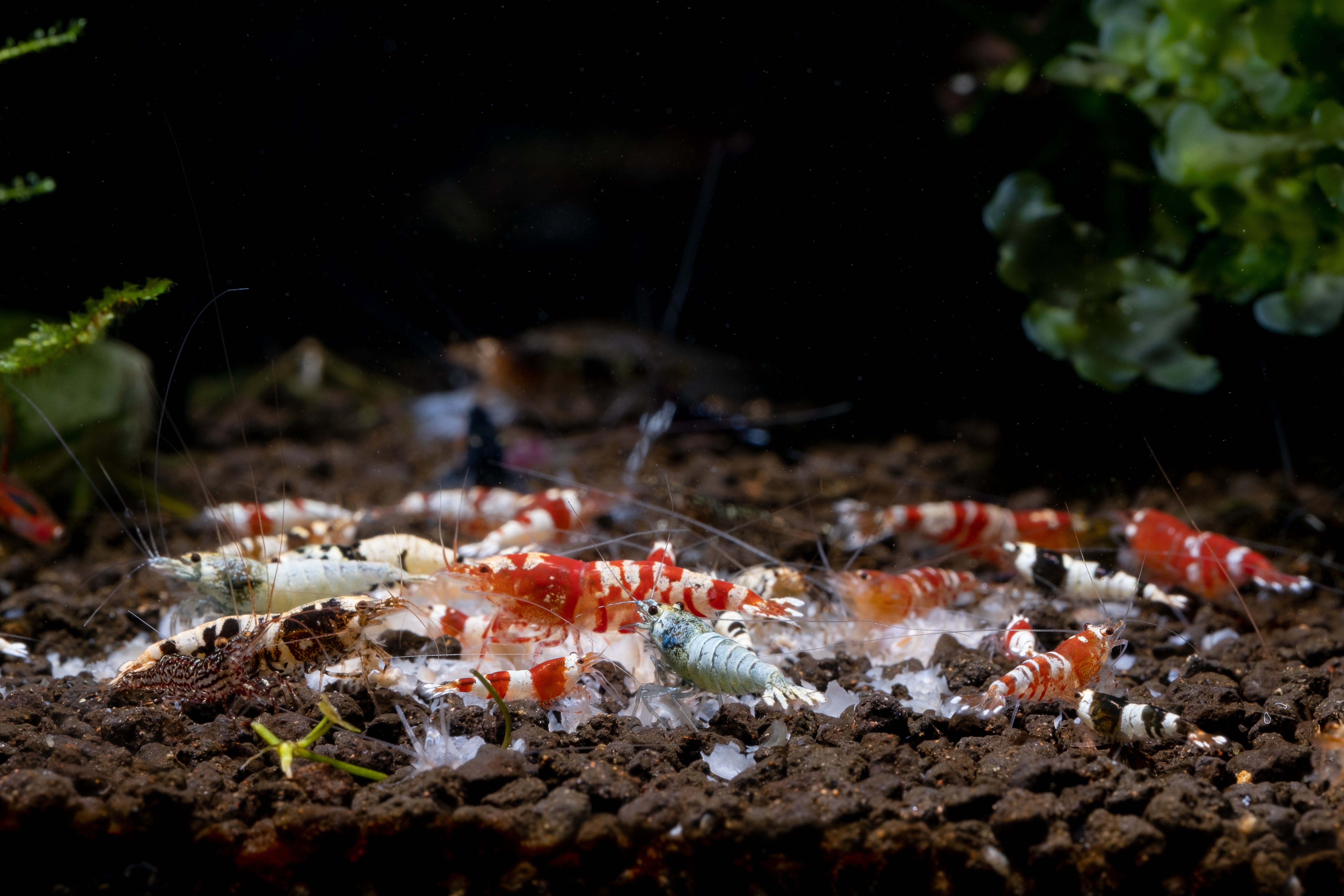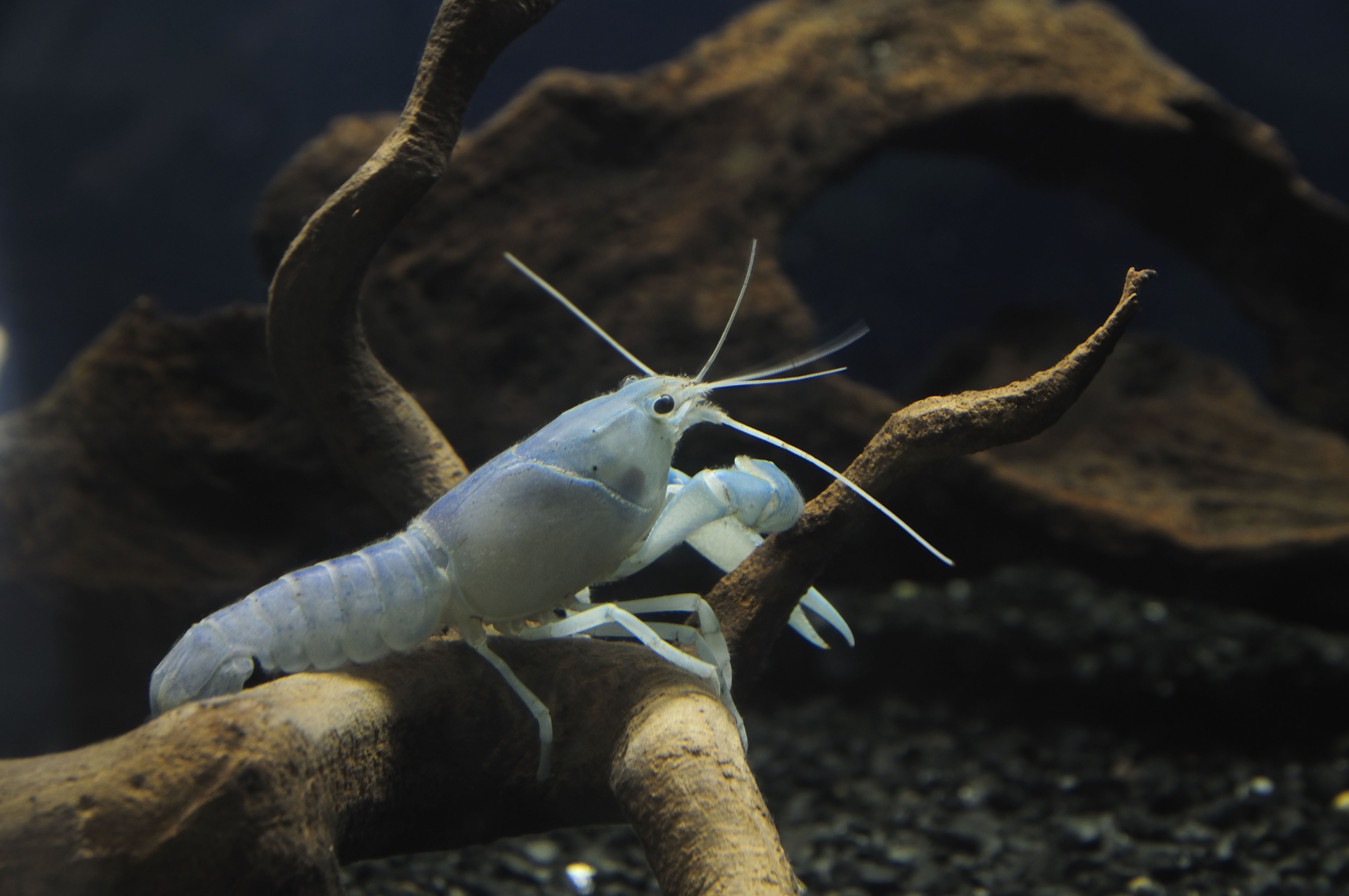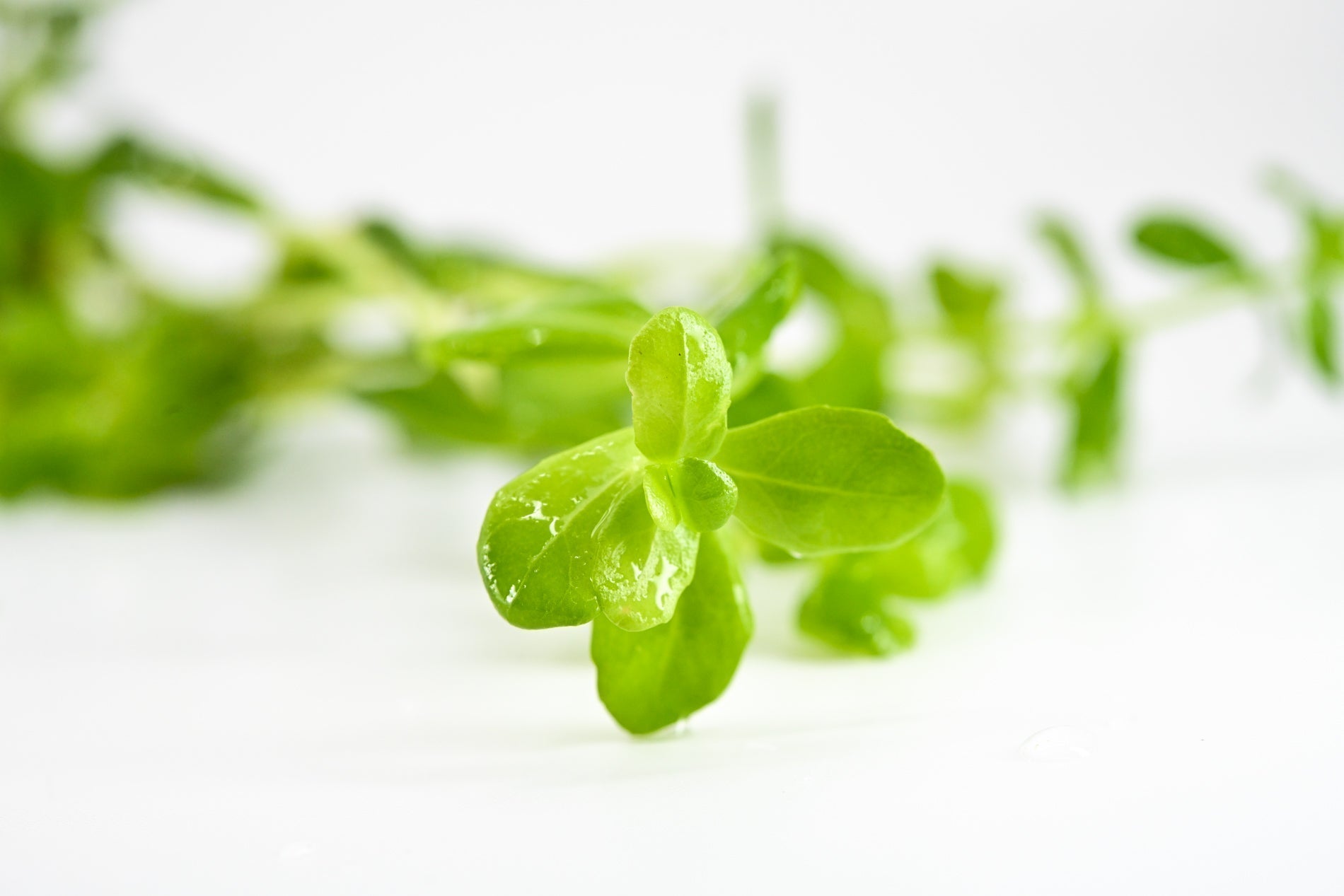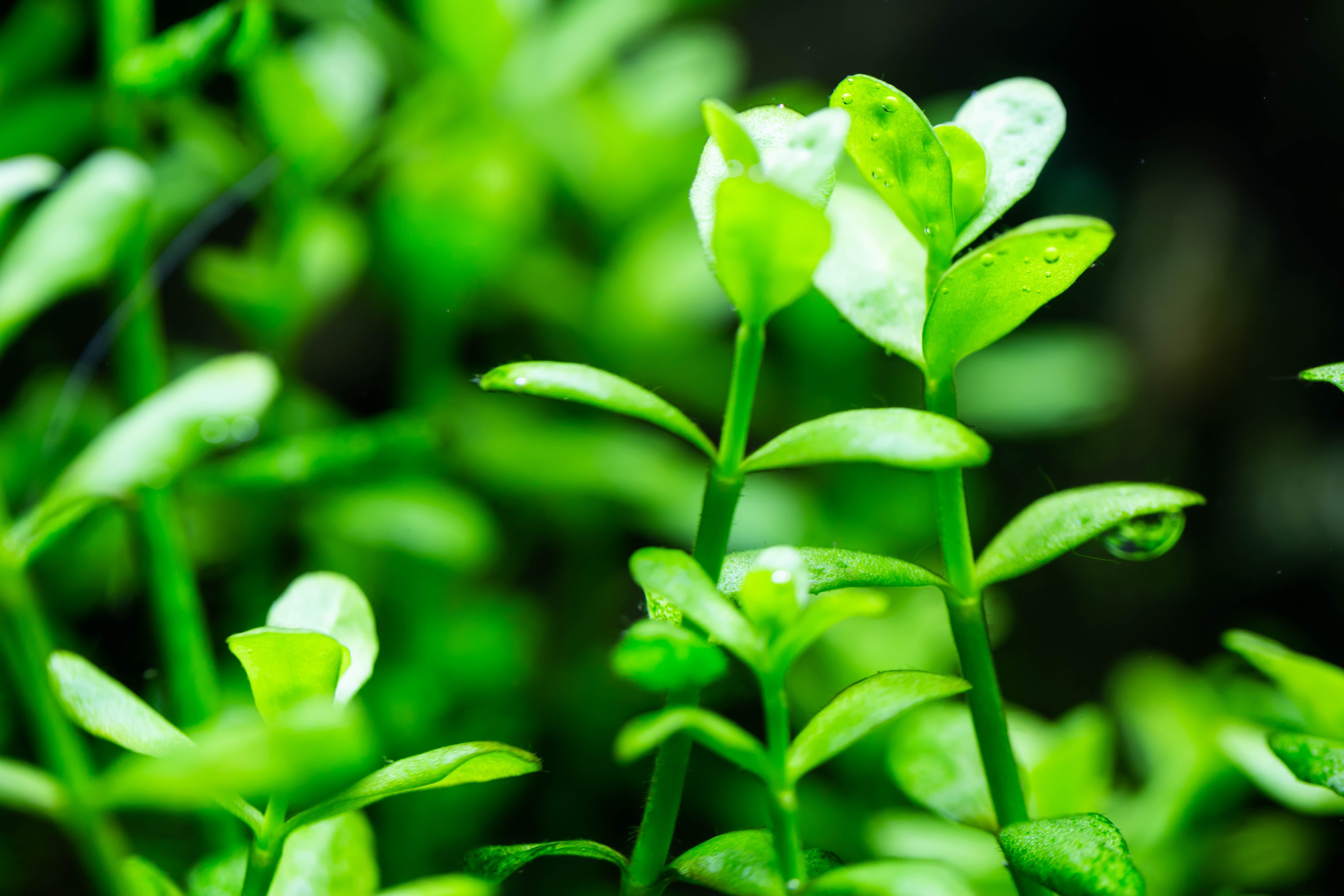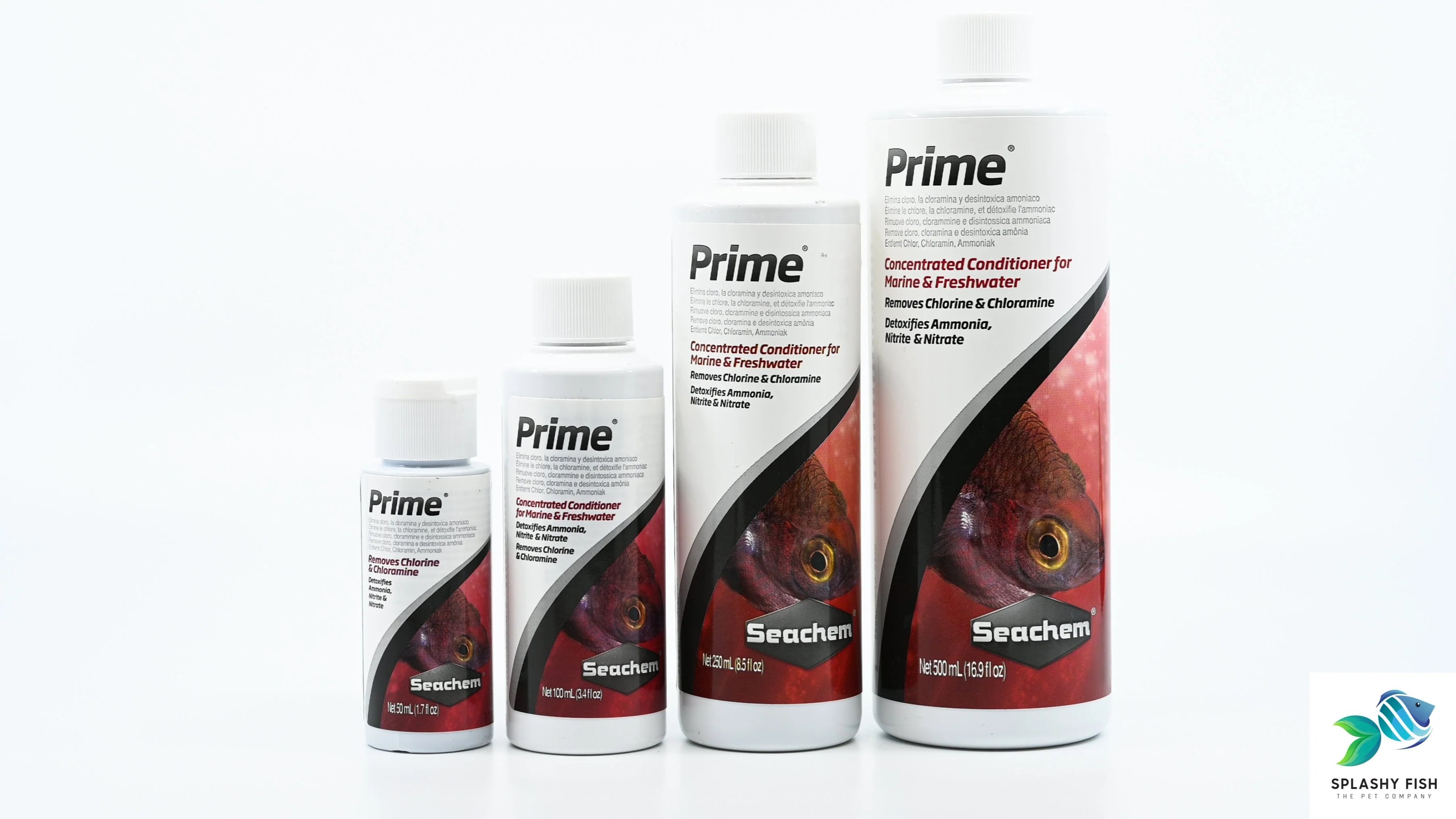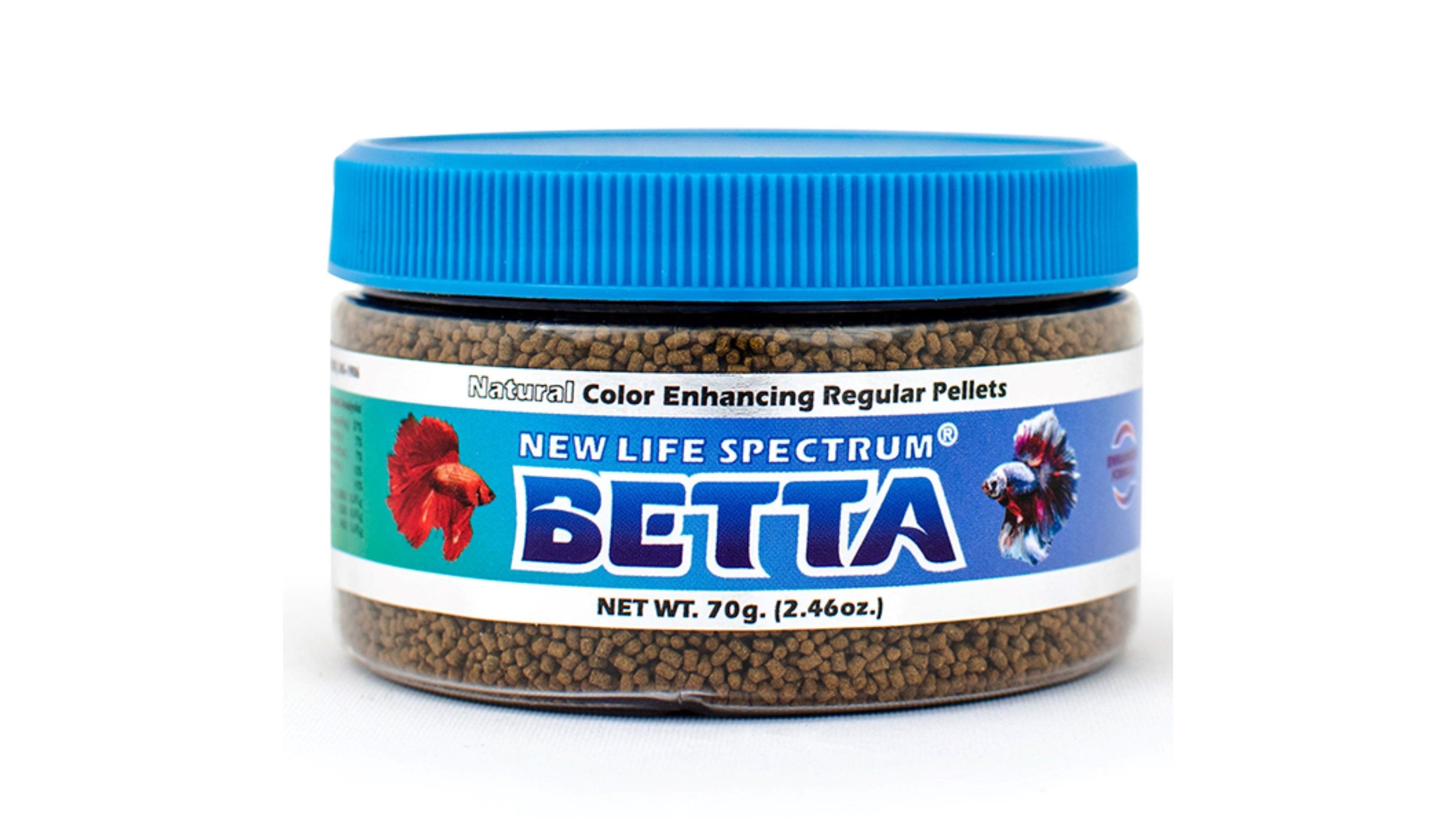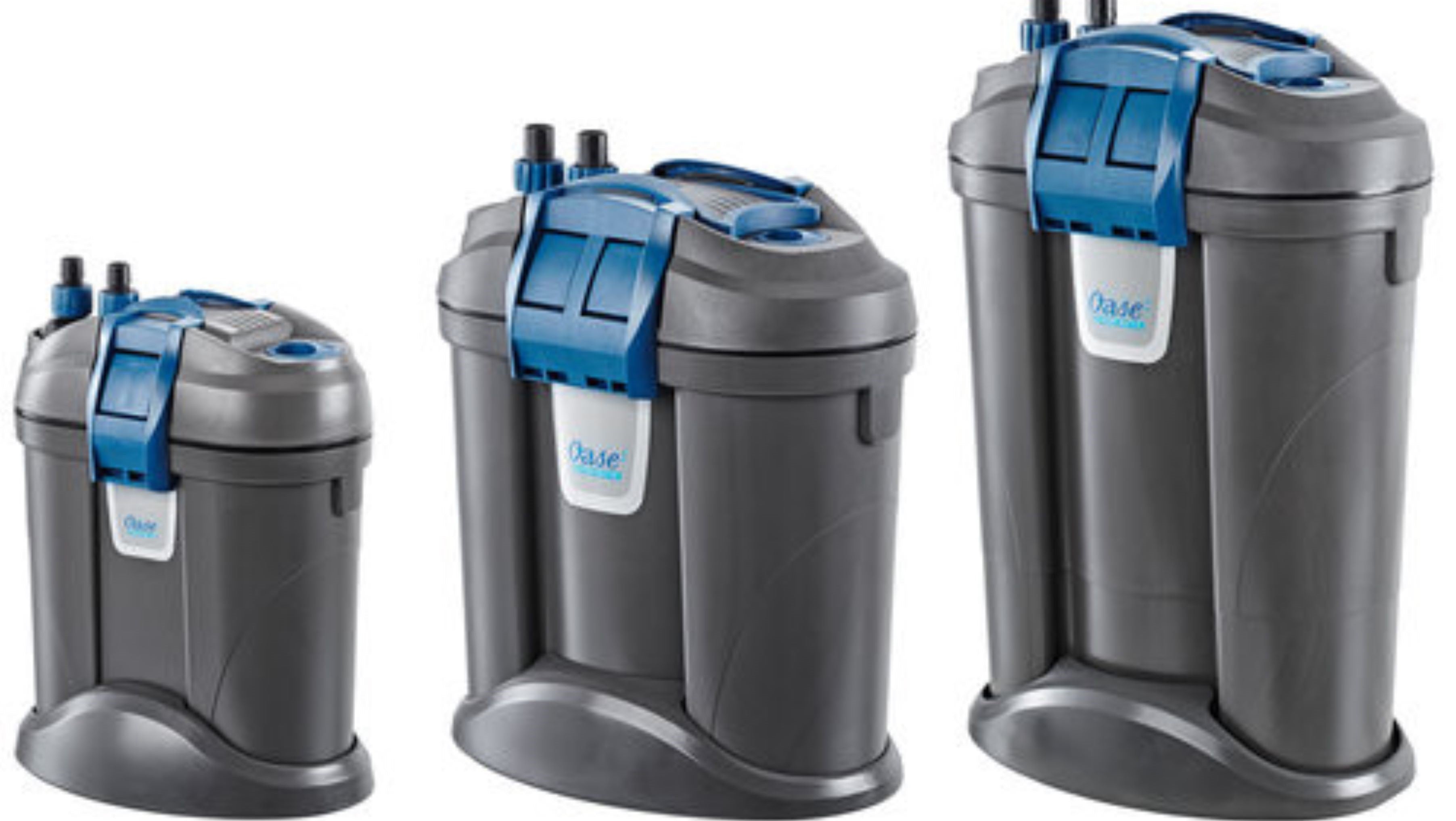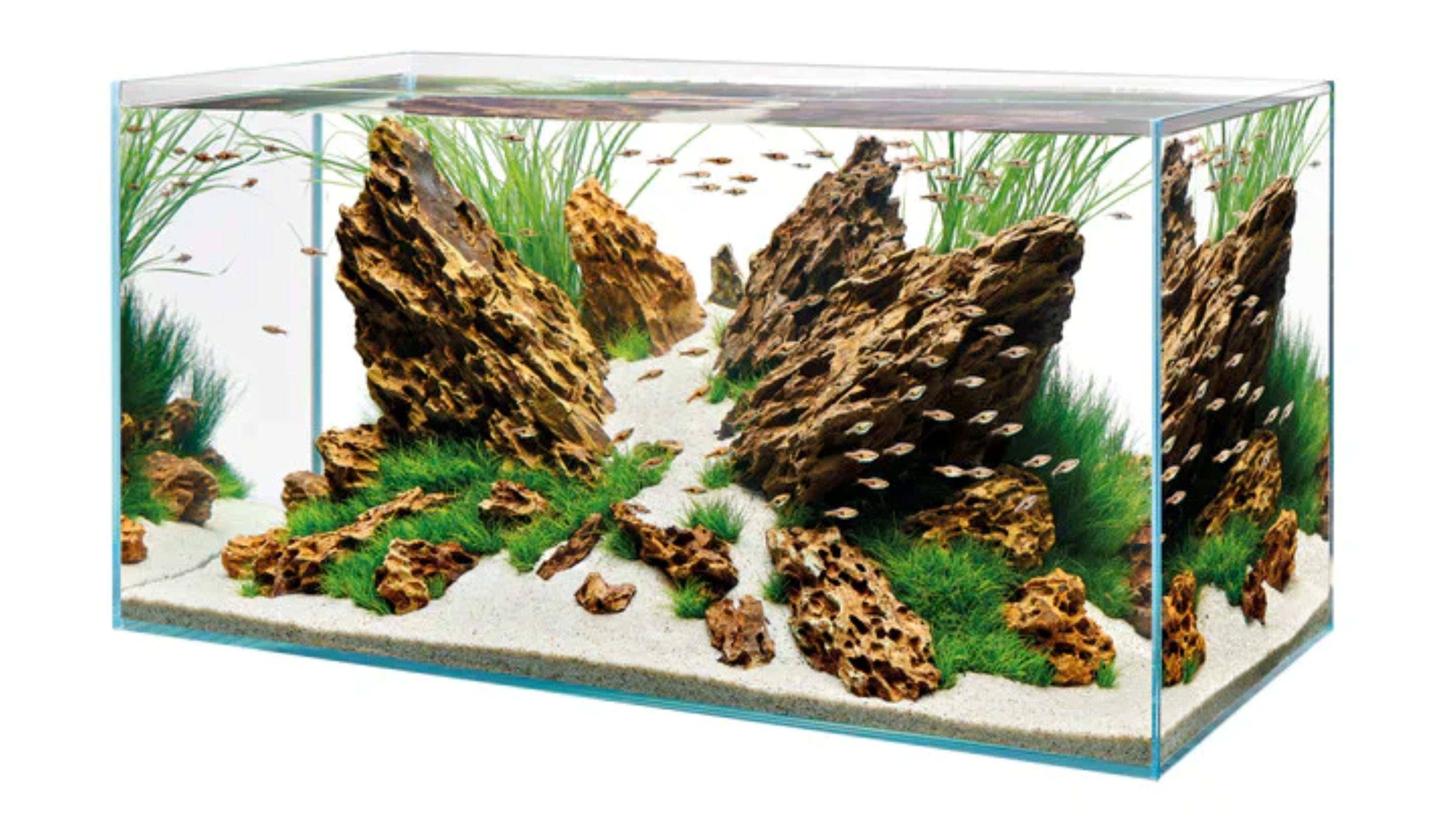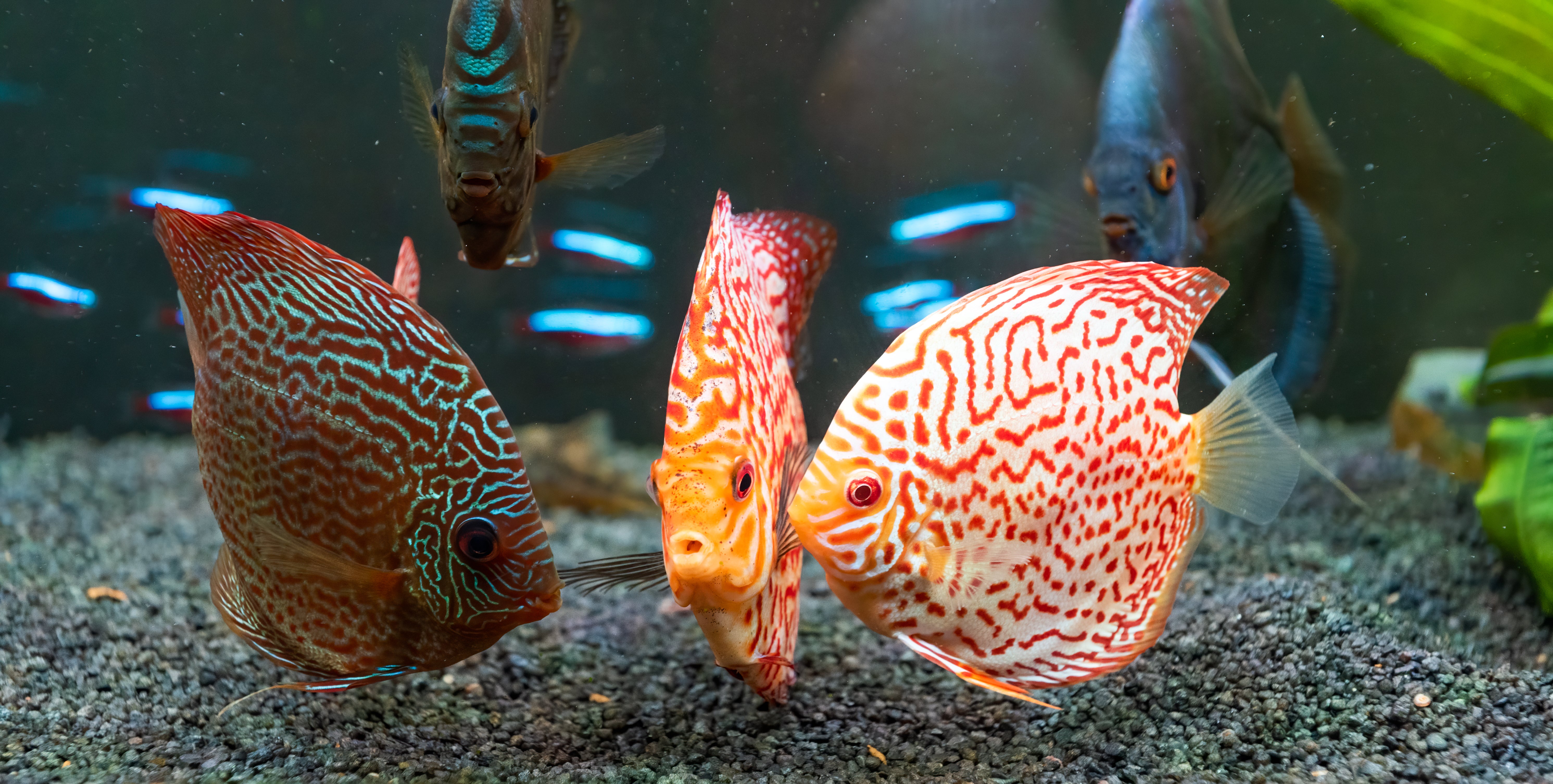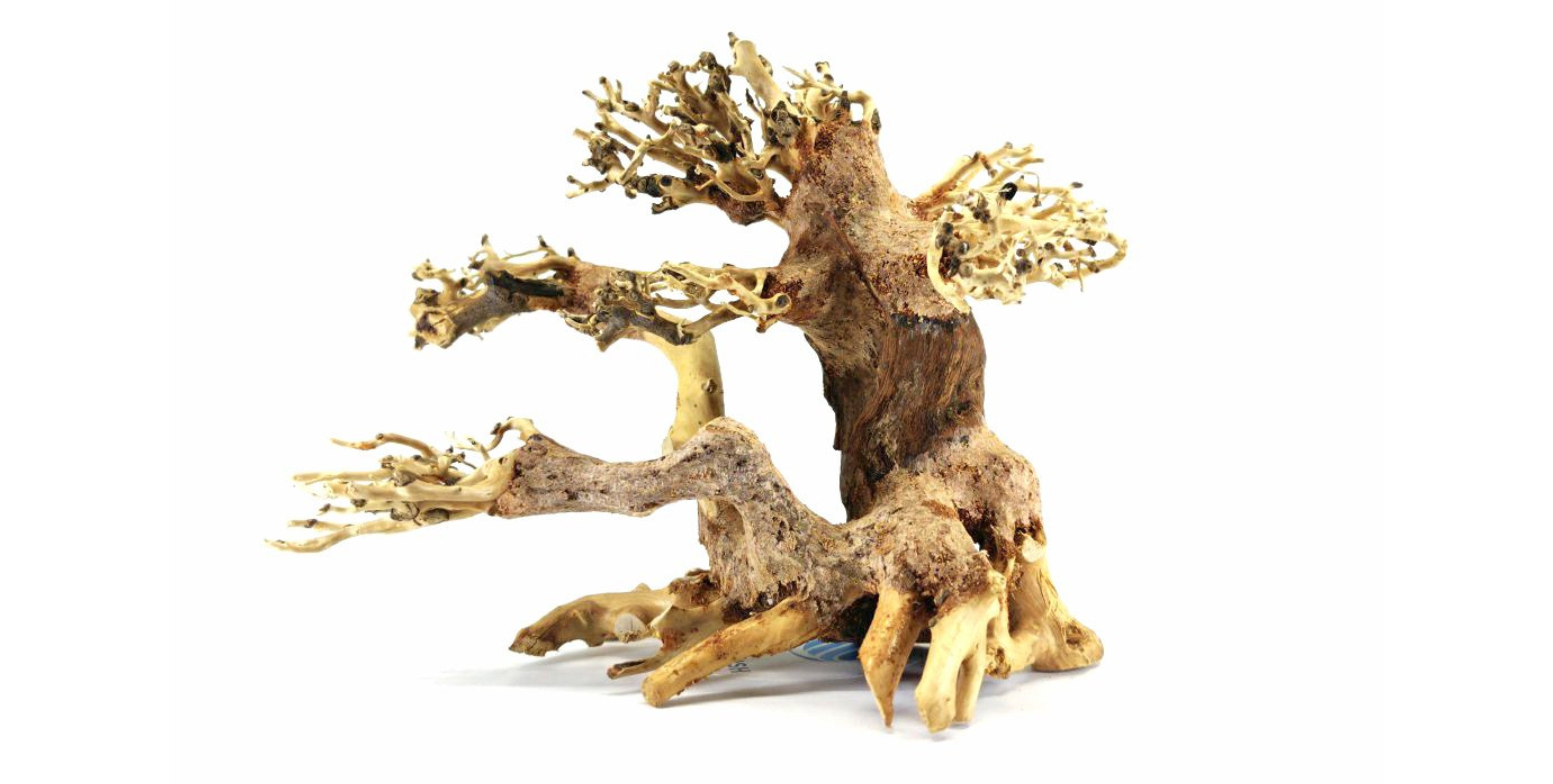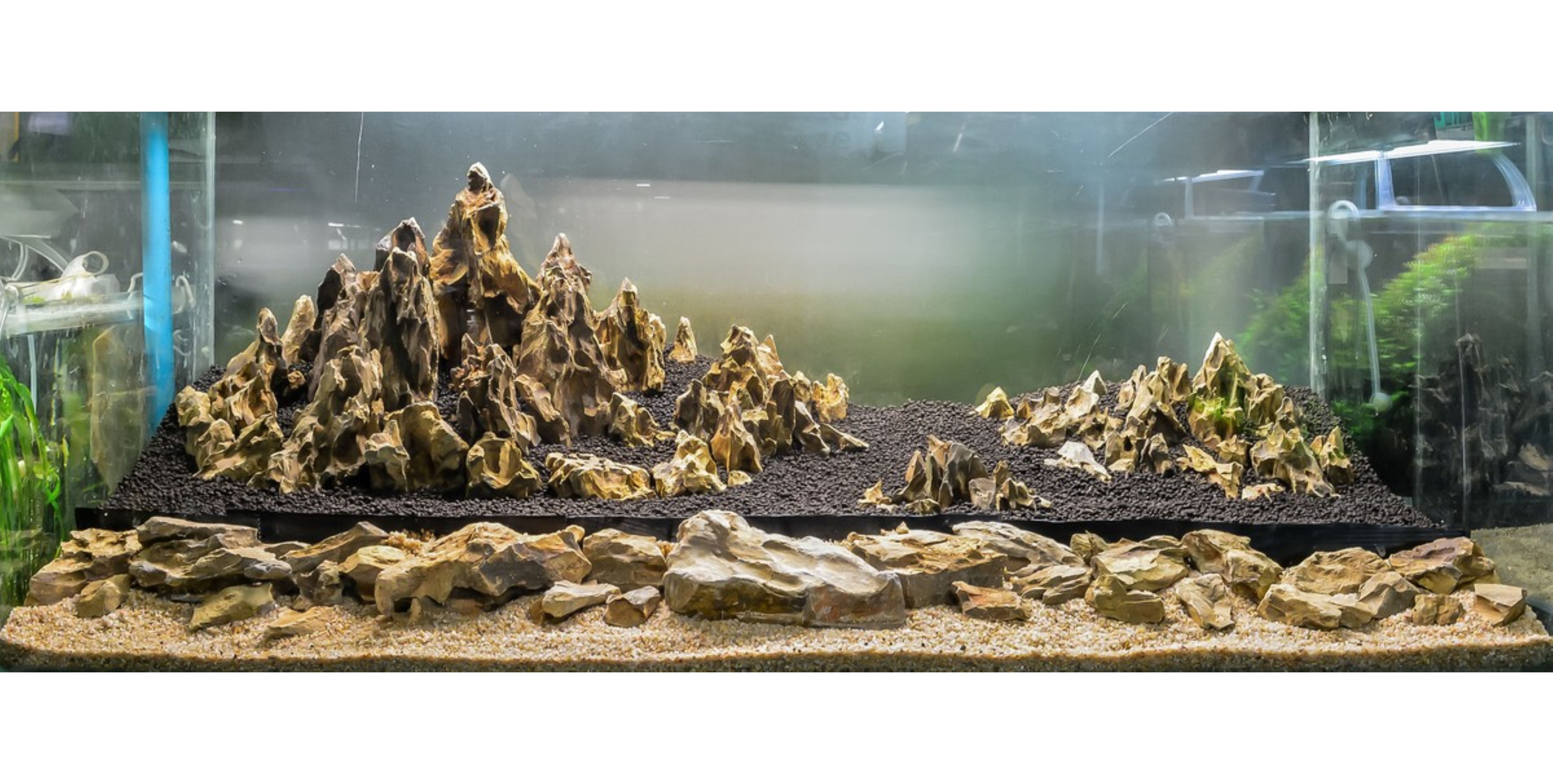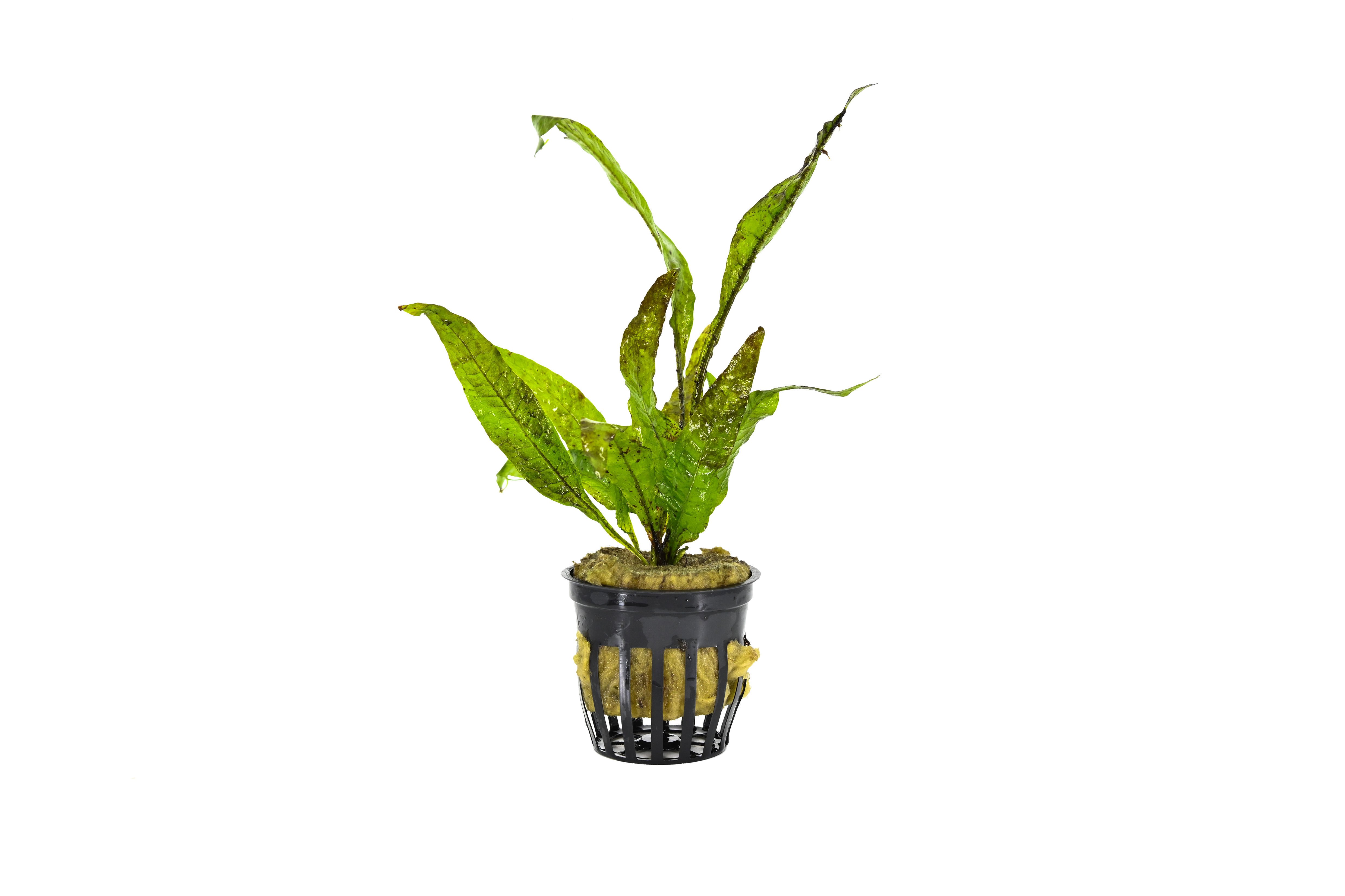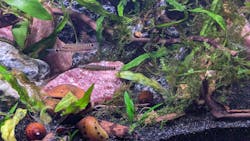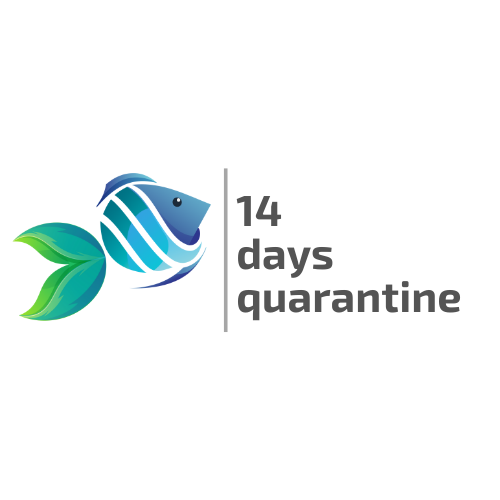
Java Fern Aquatic Plant (Microsorum pteropus)
- In stock, ready to ship
- Inventory on the way
- Live Arrival Guarantee
- Get free shipping on non-live fish orders over $75 and live fish orders over $300.
- All our live fish, shrimp, snails are care with love and passion, when through minimum of 14 days quarantined and shipped from Splashy Fish facility in Springfield, Virginia, USA
This is only apply to live fish order.
What is Our Live Arrival Guarantee?
Benefit from our extensive experience in shipping live fish. In 2021, our records indicated a mere 0.5% dead-on-arrival (DOA) rate for all live fish orders, compared to the industry standard of 1.5%. These numbers translate to only 5 out of 1000 orders experiencing DOA fish.
At Splashy Fish, customer satisfaction is our priority. That's why we provide a 100% Live Arrival Guarantee on all animals shipped via USPS, UPS, or FedEx. Please note - Splashy Fish reserves the right to void Live Arrival Guarantee protection under the following circumstances:
- The customer has chosen USPS First Class Mail as a shipping method.
- The shipping address is a PO Box address
- The order was refused delivery by the customer.
- If the order is returned to the sender for any reason. For instance, an incorrect shipping address, an undeliverable address, etc.
- The order was held for pick up at USPS, UPS, and FedEx offices for longer than 24 hours after the last update on the tracking number.
- The Live Arrival Guarantee claim does not include all the requirements mentioned below
- The Live Arrival Guarantee claim is made after the claim period mentioned below.
- The animals are not in their original packaging
Live Arrival Guarantee Claim Period:
For Live Fish and other invertebrates, one and a half hours (1.5 hours) after the posted delivery time.
For Snails: 48 hours after the posted delivery time.
Steps to claim Splashy Fish's Live Arrival Guarantee:
- Take a picture of the shipping box and the shipping label.
- For live fish and other invertebrates: Please provide two pictures of each bag (containing the dead fish) upon arrival. Ensure the images display the bag in its original, unopened condition with the original rubber band intact
- For Snails: Position the snail in one corner of the tank. If the snail does not move within 48 hours, please take several pictures of the snail's opening
- Send an email to DOA@splashyfishstore.com with the subject line: DOA and Your Order Number, or message us on social media.
- In the body of the email, include your tracking number.
- The claim must be sent within the claim period mentioned above.
After submitting the required information, please allow us 1-3 business days to determine the cause of the issue. If the claim is valid and approved by our team, you will
- Receive a store credit for future purchases, excluding the shipping cost, of the dead-on-arrival fish
If the Live Arrival Guarantee claim does not meet all listed requirements, Splashy Fish reserves the right to reject it.
Shipping live animals and plants is a complex process, and temperature plays a crucial role in ensuring the safe and secure delivery of your order.
If the highest daytime temperature in your location and the lowest nighttime temperature here in Springfield, Virginia—where our facility is situated—fall below 40°F or exceed 90°F, we will proactively delay your order. This measure is taken to prioritize the well-being of the animals and plants.
For the safety of our living cargo and to protect your investment, we retain the right to suspend shipping as necessary due to extreme weather conditions. Our Splashy Fish team will assess the situation and determine if it is unsuitable to ship, considering the safety of the animals.
To stay informed or address any questions or concerns, feel free to reach out to our dedicated Splashy Fish Support team via email at support@splashyfishstore.com.
Once our team prints and packs your order, we'll notify you via email. This notification will include your tracking number and the expected arrival day. If you opt for UPS 2 Day shipping, your package should arrive within 2 days after shipment. Similarly, if you choose UPS 1 Day, your order will reach you the day after it is shipped. In the case of orders containing only plants or dry goods, they may be shipped via USPS, provided that this is the selected shipping option during checkout.
We ship all of the customer orders from our warehouse located in Springfield, VA. We pack and ship our orders depending on the orders with the exception of someday we cannot ship out live fish.
All Orders: will be shipped out from Monday to Thursday each week for overnight shipping by UPS.
Sunday: (Splashy Day) Today is the day we let our hard-working team members and our fish to destress and ready for the following week's shipment.
For more information regarding about shipping please visit us our Shipping Policy and Schedule
A classic of all the classic aquatic plants shows the appeal for every aquarium ‘gardener’ not only because of its beauty but because of its low-maintenance as well. Java Fern (scientific name: Microsorum pteropus) is a popular species to the extent that hardly any aquarist does not know it. Native to Asia, Java Fern is a rhizome plant with unique leaf structure which tends to be pointed toward the top and tough enough to live with a huge variety of fish, even the herbivores.
Java Fern is a less demanding species. It prefers moderate to high lighting conditions. When exposed to high lights, its leaves will exhibit a darker tone of green. It can also tolerate a wide range of water conditions, from soft acidic to alkaline, and some have even reported that it goes well in brackish tanks. The aquarium plant normally does not need a lot of extra CO2 and substrate fertilizers. Since it mostly absorbs nutrients through its leaves, Java Fern would be much appreciated if you provide them with liquid fertilizers.
Placing Java Fern in aquariums is easier than ever. Either bury them in substrate or attach them to hard surfaces, or let them freely float along the water is all accepted. As the plants tend to grow relatively large and have wide leaves, it is highly recommended to position them in the middle to the background of the tanks. There, with the average height of 13.5 inches and width of 6-8 inches, they easily form a jungle view for your aquarium.
What You Can Expect From This Plant:
- Classic plant exhibits a variety of tones of green tones
- Able to live with a lot of fish, even the herbivores
- Easy-to-care species
RECOMMENDED TANK PARAMETERS:
- Temperature: 68° - 82°F (20° - 28°C)
- pH: 6-7
- GH: 3-8 dGH
- Minimum tank size: 10 gallons
CARE GUIDELINES:
- Supplements: CO2 is not necessary but recommended, liquid fertilizer
- Lighting: Moderate to high
- Origin: Asia
- Potential height: 13.5 inches (34.3 cm)
- Aquarium placement: Midground to background
- Growth rate: Slow
See more details about the Care Guide for Java Fern here.
Java Fern Frequently Asked Questions (FAQs)
Is Java Fern Easy to Care For?
Absolutely! Java Fern is one of the easiest aquarium plants to care for, making it perfect for beginners and seasoned aquarists alike. This low-maintenance aquatic plant thrives in various conditions, requiring minimal effort to keep it healthy and vibrant. Whether you're adding Microsorum pteropus or a Windelov Java Fern, it’s a hassle-free way to enhance your aquarium’s beauty.
Is Java Fern Good for an Aquarium?
Java Fern is one of the best live plants for any planted aquarium. With a variety of options like the Microsorum pteropus, Trident Java Fern, and the elegant Windelov Java Fern, there’s a perfect choice for every aquascape. Its hardy nature, adaptability, and minimal maintenance requirements make it a favorite among aquarists. Share in the comments your favorite aquatic plant and why you love it!
What Are the Cons of Java Fern?
Java Ferns can be sensitive to intense light, leading to burn spots or transparent leaves. They also grow slowly, requiring patience for a full, lush look. Additionally, poor conditions like excessive light or nutrient imbalance may attract algae, which can harm the plant if not addressed.
Unlocking the Beauty and Benefits of Java Fern: A Guide to Growing and Caring for this Versatile Aquatic Plant
Are you looking to add a touch of natural beauty to your aquatic haven? Look no further than Java Fern, the versatile and captivating aquatic plant that is sure to enhance the aesthetics and well-being of your aquarium. In this comprehensive guide, we will delve into the world of Java Fern, unlocking its beauty and benefits while providing you with expert insights on how to grow and care for this remarkable aquarium plant. Java Fern, scientifically known as Microsorum pteropus, is renowned for its lush, green foliage and adaptable nature, making it a popular choice among both aquarium beginner and seasoned aquarium enthusiasts. This live aquatic plant is not only visually stunning, but it also offers a host of benefits to your aquatic habitat. From improving water quality to providing shelter and sustenance for live freshwater fish and other aquatic creatures, Java Fern is a must-have addition to any aquarium setup. Whether you're new to the world of aquatic gardening or a seasoned pro, this guide will equip you with the knowledge and techniques needed to successfully cultivate and maintain Java Fern in your aquarium tank. Get ready to unlock the beauty and benefits of this remarkable plant and take your aquatic oasis to the next level.
The Beauty and Versatility of Java Fern
Java Fern is a truly stunning aquatic plant, beloved by aquarists for its lush, green foliage and ability to transform any aquarium into a vibrant underwater landscape. Its broad, textured leaves sway gracefully in the water, adding a sense of movement and natural elegance to your tank. The unique structure of its leaves creates an eye-catching, layered effect that enhances the visual depth of your freshwater aquascaping.
One of the most captivating varieties, the Windelov Java Fern, features intricately fringed leaf tips that resemble delicate lace. This variety not only adds a sense of refinement to your aquarium but also serves as a striking focal point that draws the viewer's attention.
Java Fern’s versatility is unmatched—it thrives in various environments, making it a go-to plant for hobbyists of all experience levels. Whether you attach it to driftwood for a natural, rooted appearance, anchor it to aquarium rocks for a rugged, wild aesthetic, or let it float freely for a whimsical touch, this live plant adapts seamlessly. Its ability to flourish without the need for aquarium substrate makes it ideal for aquariums with minimalistic or unconventional tank setups, providing aquarists with endless creative possibilities.
Benefits of Adding Java Fern to Your Freshwater Aquarium
Improves Water Quality
Java Fern plays a vital role in maintaining a healthy aquatic environment. As a hardy aquatic plant, it naturally absorbs excess nutrients such as nitrates from the water, reducing the risk of harmful algae blooms. This nutrient absorption helps stabilize water quality, creating a balanced ecosystem that benefits all the inhabitants of your aquarium.
Shelter and Protection for Aquatic Life
The dense, leafy structure of Java Fern provides essential shelter for freshwater fish and invertebrates. Small live fish and fry can hide among its foliage to escape predators, while shy species feel secure in its protective cover. It also serves as a breeding ground for some species, offering a safe place for eggs and young aquatic life to develop.
Low Maintenance and Resilient
Java Fern is an excellent choice for aquarists of all skill levels, from aquarium beginners to seasoned enthusiasts. It requires minimal care, thriving in a wide range of water conditions and lighting levels. It doesn’t need special substrates or frequent plant fertilization, making it an easy yet rewarding plant to grow.
Enhances Natural Aesthetics
Whether you're creating a serene naturalistic aquascape or experimenting with bold design ideas, Java Fern plant is a versatile addition. Its vibrant green foliage adds texture and depth, complementing both simple and complex tank setups. This live plant can effortlessly elevate the visual appeal of your aquarium, turning it into a lush, dynamic underwater garden.
Understanding the Different Varieties of Java Fern
Java Fern offers a diverse selection of varieties, each with unique characteristics that cater to various aesthetic preferences and aquarium designs. Whether you prefer a classic, minimalist look or an elaborate, ornamental centerpiece, there's a Java Fern species for you.
Microsorum pteropus
This is the classic and most popular variety of Java Fern. Its long, flowing leaves with smooth edges create an elegant and natural appearance. Ideal for aquarium beginners, it thrives in most tank conditions and serves as a timeless backdrop for any aquarium. Its adaptability and low-maintenance nature make it a favorite among aquarists of all levels.
Windelov Java Fern
The Windelov Java Fern is a standout for its artistic flair. It is easily recognized by its delicate, lace-like leaf tips, which give it a refined and ornamental quality. This variety adds sophistication and visual interest to any aquarium tank, making it a striking focal point for aquascaping tanks.
Leptochilus pteropus
Known for its broad, robust leaves, Leptochilus pteropus provides excellent coverage and creates dense foliage that is perfect for shading and sheltering freshwater fish and invertebrates. This variety is ideal for larger aquarium tanks where a dramatic and full-bodied look is desired.
Trident Java Fern
The Trident Java Fern is a visually unique variety with leaves that split into multiple thin, finger-like projections, resembling a trident. This variety is perfect for aquascapers looking to add texture and movement to their aquarium tanks. Its compact yet intricate growth pattern works well in small to medium-sized aquariums, offering a modern and stylish aesthetic.
Narrow Leaf Java Fern
As the name suggests, the Narrow Leaf Java Fern has slender, elongated leaves that create a more streamlined and graceful look. This variety is ideal for smaller tanks or minimalist aquascapes, where its delicate appearance can shine without overwhelming the aquarium design.
Needle Leaf Java Fern
The Needle Leaf Java Fern is even thinner and more delicate than the Narrow Leaf variety. Its fine, needle-like leaves create a soft, wispy effect in the freshwater aquarium. This variety is best suited for aquarists seeking to add subtle texture and an aquarium light, airy feel to their aquatic setups.
Mini Java Fern
The Mini Java Fern is a smaller version of the classic Microsorum pteropus, making it perfect for nano tanks or as a foreground plant in larger planted aquariums. Its compact size doesn’t compromise on beauty, and it thrives in the same easy-care conditions as its larger counterparts.
Choosing the Right Conditions for Growing Java Fern
Java Fern is known for its adaptability, making it a popular choice for aquarists of all levels. However, providing the ideal conditions will help this live plant thrive and display its full potential. Here’s what you need to know:
Temperature
Java Fern grows best in water temperatures ranging from 68–82°F (20–28°C). This broad range makes it compatible with most tropical freshwater aquarium setups. Maintaining a stable temperature within this range ensures steady growth and vibrant foliage.
pH Range
For optimal health, keep the water's pH between 6.0 and 7.5. Java Fern is tolerant of slight variations outside this range, but maintaining these parameters will promote healthy growth and prevent stress on the live plant.
Aquarium Substrate
Unlike many aquatic plants, Java Fern does not require traditional substrate planting. In fact, its rhizome should not be buried in aquarium gravel or aquarium soil, as this can cause rot. Instead, attach the plant to driftwood, rocks, or other hardscape materials using plant-safe glue, fishing line, or thread. Over time, the rhizome will naturally anchor itself.
Aquarium Lighting
Java Fern thrives under moderate lighting conditions, making it well-suited for planted tanks with low to medium light levels. High-intensity lighting is not necessary and can lead to algae growth on the leaves, which may hinder the plant’s overall health. If algae becomes an issue, consider reducing the light intensity or duration in your tank.
Step-by-Step Guide to Planting Java Fern in Your Planted Aquarium
Planting Java Fern in your aquarium is a straightforward process that requires minimal effort but yields stunning results. Follow these simple steps to ensure your live plant thrives:
Prepare Your Live Plant
Before introducing Java Fern into your planted aquarium, thoroughly rinse the plant under clean, lukewarm water. This helps remove any dirt, debris, or potential pests that may have come with the aquatic plant. If the leaves or rhizome appear damaged, trim them with clean scissors to promote healthy new growth.
Attach to Hardscape
Java Fern doesn’t need aquarium soil or substrate to grow. Instead, attach its rhizome (the thick horizontal stem) to a hard surface like driftwood, aquarium rocks and stones, or other natural decorations. You can use fishing line, cotton thread, or plant-safe glue to secure the rhizome. Ensure the rhizome is not buried or submerged in aquarium substrate, as this can lead to rotting.
Position in the Planted Aquarium
Place the Java Fern in an area with moderate water flow. This will help ensure even distribution of nutrients across the plant's leaves, aiding its growth. Avoid positioning the live plant in direct contact with strong currents, which can cause damage to its delicate leaves.
Monitor Growth
Once planted, Java Fern will naturally anchor itself to the chosen hardscape over time. This process can take several weeks, during which you may notice small roots growing from the rhizome and attaching to the surface. Keep an eye on the live plant to ensure it remains securely attached and free of algae buildup.
Ideal Tank Mates for Java Fern Plant
Java Fern is an excellent addition to community tanks, as it is compatible with a wide range of freshwater fish and invertebrates. Its hardy nature and dense foliage make it a versatile choice for creating a balanced and harmonious environment for your aquatic friends. Here are some ideal tank mates for Java Fern:
Freshwater Fish
Tetras: Species like Neon Tetras, Cardinal Tetras, and Ember Tetras are peaceful and thrive in aquarium tanks with Java Fern. The plant's dense leaves provide shelter and create a natural habitat that mimics their wild environments.
Guppies and Mollies: These colorful and lively fish appreciate the gentle cover offered by Java Fern. Its broad leaves also help reduce stress by giving them hiding spots.
Betta Fish: Betta fish enjoy resting on the leaves of Java Fern and benefit from its ability to maintain stable water conditions.
Angelfish: While larger in size, Angelfish are peaceful and enjoy exploring the plant's leaves.
Corydoras Catfish: Bottom-dwelling Corydoras appreciate the shaded areas created by Java Fern, which provide a calm and comfortable environment.
Dwarf Gouramis: These calm freshwater fish pair well with Java Fern as the plant helps diffuse aquarium light and creates a natural feel.
Freshwater Invertebrates
Amano Shrimp: These algae-eating shrimp love grazing on any algae that may develop on Java Fern's leaves, helping keep the plant clean and healthy.
Cherry Shrimp: Known for their vibrant colors, Cherry Shrimp enjoy the protection offered by Java Fern’s dense foliage, which also serves as a nursery for baby freshwater shrimp.
Snails: Nerite snails and Mystery snails are great companions for Java Fern as they graze on algae without harming the live plant itself.
Dwarf Crayfish: These small, peaceful crayfish species coexist well with Java Fern, using its leaves as a hiding spot during molting.
Things to Avoid
While Java Fern is compatible with many aquatic creatures, it’s best to avoid adding aggressive plant-eating species such as Goldfish or large Cichlids, as they may damage or uproot the live plant. Similarly, avoid keeping Java Fern with invertebrate species known for heavy foraging, such as certain larger crayfish, which may harm its delicate leaves.
Common Problems and Troubleshooting Tips for Java Fern
While Java Fern is a hardy and low-maintenance plant, it can occasionally encounter issues. Here are some common problems and effective solutions to keep your live plant healthy:
Black Spots on Leaves
Cause: Black spots on the leaves are often a sign of natural aging or nutrient deficiencies. These spots may also be sporangia, where the plant produces spores for reproduction, which is entirely normal.
Solution: If the spots are due to aging or damage, trim the affected leaves using clean scissors to encourage new growth. If nutrient deficiencies are suspected, consider supplementing with an aquarium-safe liquid fertilizer that contains potassium and other essential nutrients.
Yellowing Leaves
Cause: Yellowing is commonly caused by excessive aquarium lighting or poor water quality. Prolonged exposure to intense light can stress the live plant, while unbalanced water conditions can deprive it of essential nutrients.
Solution: Reduce the light intensity or duration to moderate levels. Perform water tests to check parameters like pH, nitrate, and ammonia levels, and make adjustments as needed. Regular water changes can help maintain stable conditions.
Algae Growth
Cause: Algae buildup on the leaves is typically a result of too much light or excess nutrients in the water. This can block light from reaching the plant and hinder its growth.
Solution: Keep lighting at moderate levels and ensure it’s not left on for more than 8-10 hours per day. Introduce algae-eating fish or shrimp (such as Amano shrimp or Siamese algae eaters) to help control algae naturally. Regularly clean affected leaves gently to prevent damage.
Propagation Techniques for Java Fern Plant
Propagating Java Fern is an easy and rewarding process, allowing you to expand your aquatic garden or share this beautiful plant with fellow aquarists. Follow these simple steps to successfully propagate your aquarium Java Fern:
Identify Mature Rhizomes
Begin by examining your Java Fern for mature, healthy rhizomes. A rhizome is the thick, horizontal stem from which the plant's leaves and roots grow. Look for rhizomes with multiple healthy leaves and no signs of rot or damage. Mature rhizomes are ideal for propagation because they have the strength and nutrients needed to establish new live plants.
Divide the Rhizome
Using a clean, sharp tool such as scissors or a blade, carefully cut the rhizome into smaller sections. Each section should have at least 2–3 leaves to ensure it has enough foliage to photosynthesize and grow. Make clean cuts to avoid damaging the rhizome and inspect the sections for any weak or unhealthy areas to avoid spreading potential issues.
Replant the Sections
Take the newly divided rhizome sections and attach them to hardscape materials like driftwood, aquarium stones, or other natural decorations in your planted aquarium. Use plant-safe glue, fishing line, or thread to secure the sections in place. Ensure that the rhizome is above the aquarium substrate to prevent it from rotting. Over time, the roots will naturally anchor to the hardscape.
Monitor Growth
Place the new sections in areas with moderate lighting and water flow. Over the next few weeks, you’ll notice new roots forming and fresh leaves sprouting. Ensure stable water conditions and avoid disturbing the new plants during this initial growth phase.
Conclusion: Enhance Your Aquarium with the Beauty and Benefits of Java Fern
Java Fern, with its captivating varieties like the Windelov Java Fern and Leptochilus pteropus, is truly a game-changer for any aquarium enthusiast. Its lush, green foliage and versatility make it an excellent choice for aquarists aiming to elevate the aesthetics of their tanks. Beyond its visual appeal, this aquarium java fern plays a vital role in improving water quality, providing shelter for aquatic life, and creating a harmonious ecosystem.
Whether you’re setting up a new tank or enhancing an established one, Java Fern is the ideal plant to enrich your underwater world. Its low-maintenance nature makes it suitable for aquarium beginners, while its beauty and adaptability continue to charm seasoned aquarists.
Discover the potential of Java Fern today and watch as it transforms your aquarium into a thriving aquatic haven. With the addition of this remarkable aquatic plant, you’ll enjoy a healthier and more vibrant aquarium for years to come!


